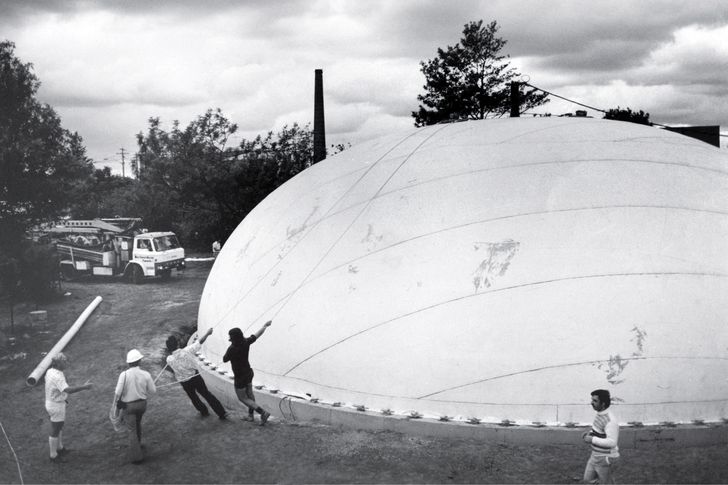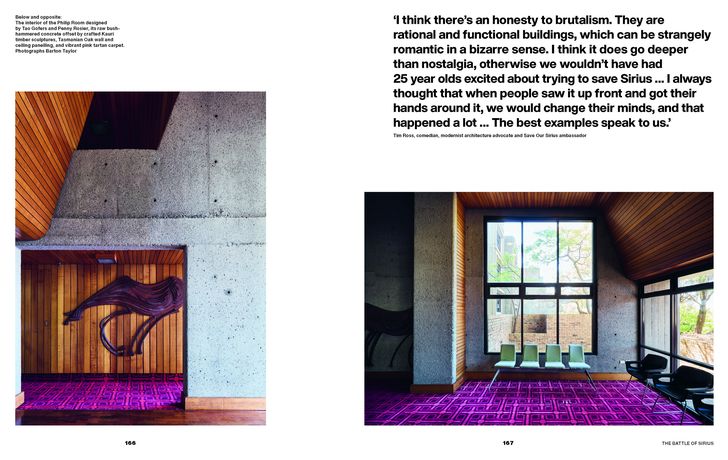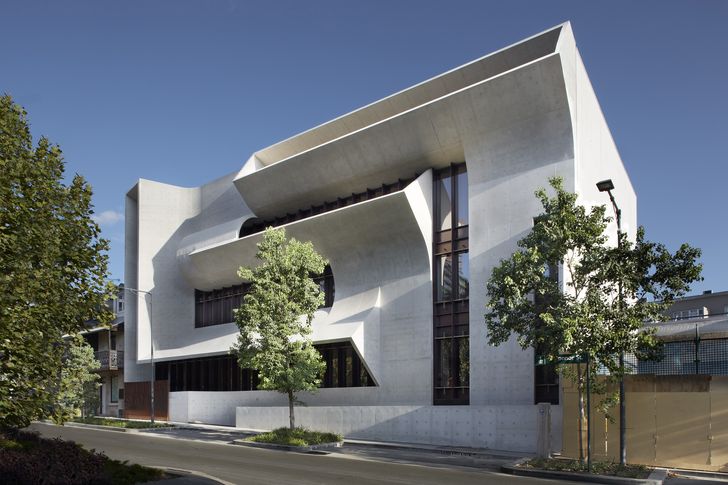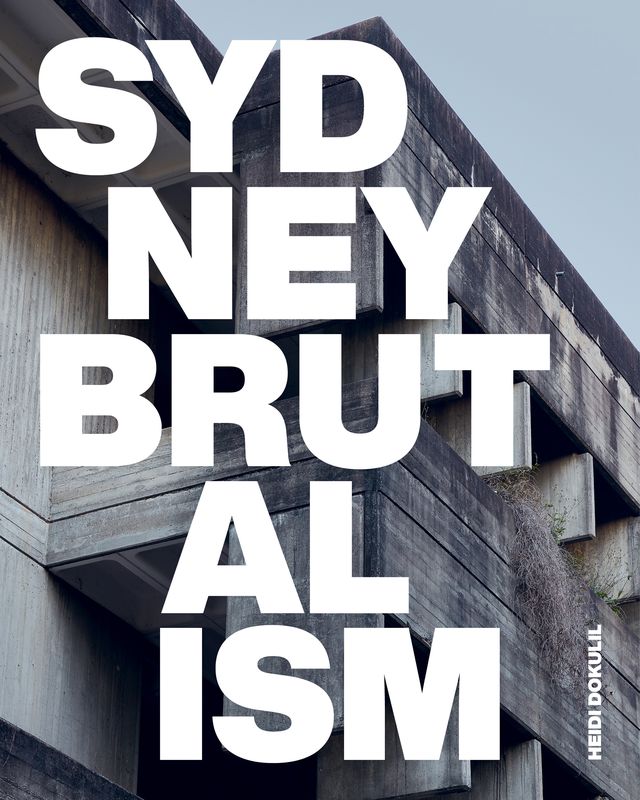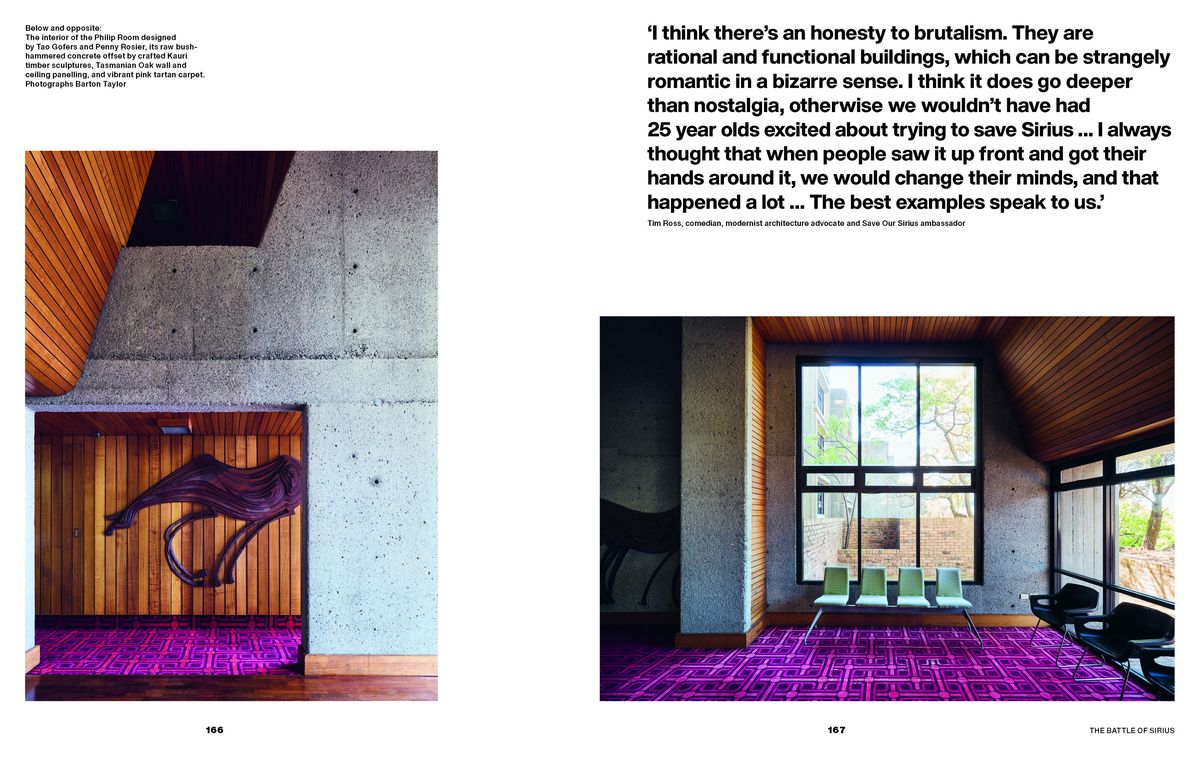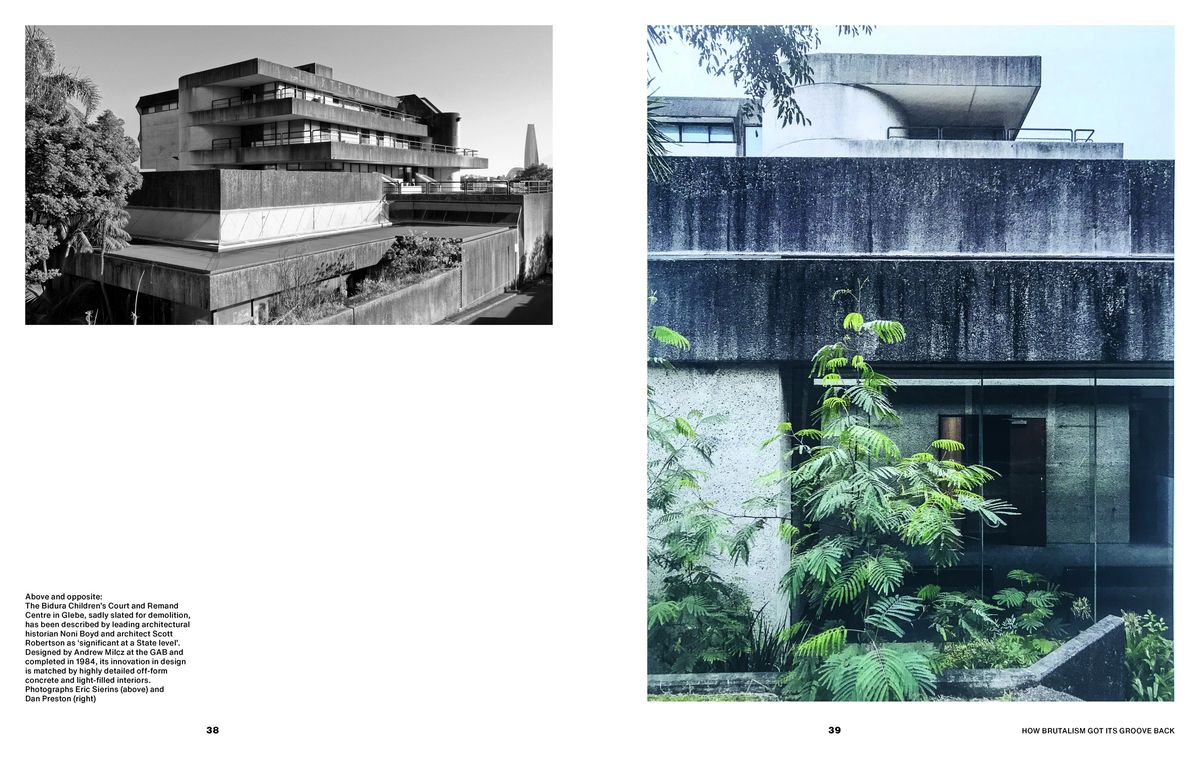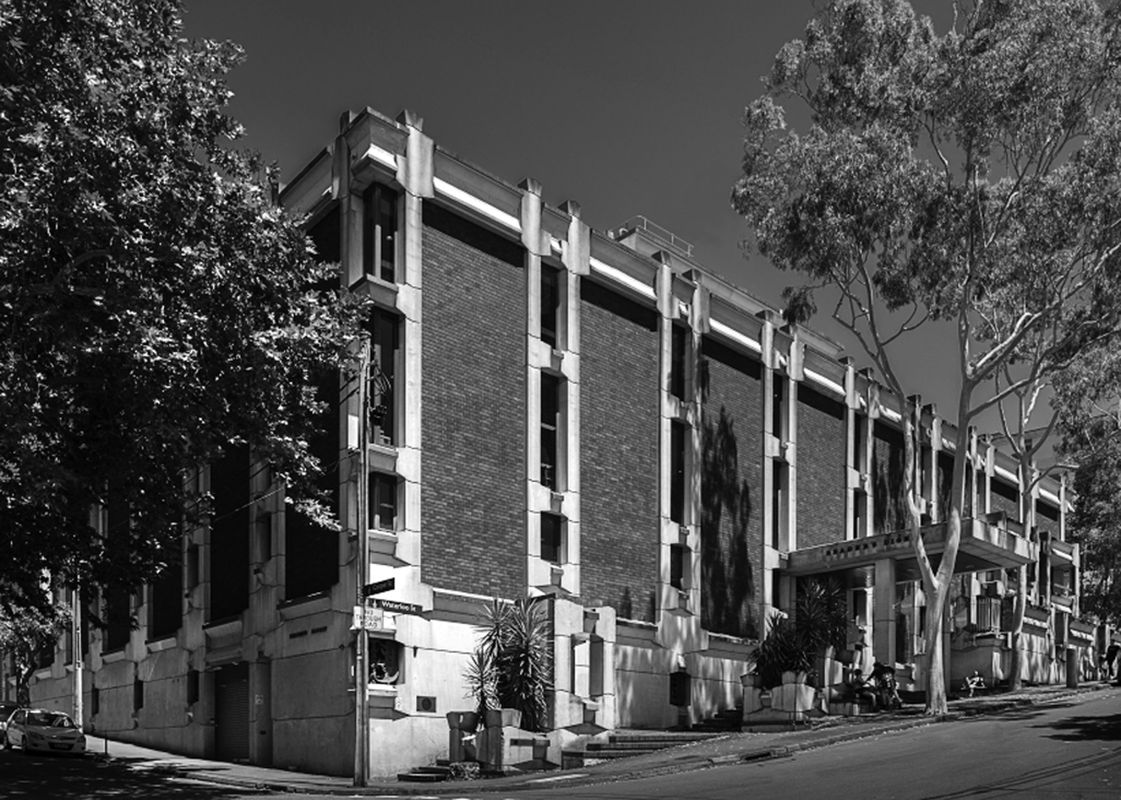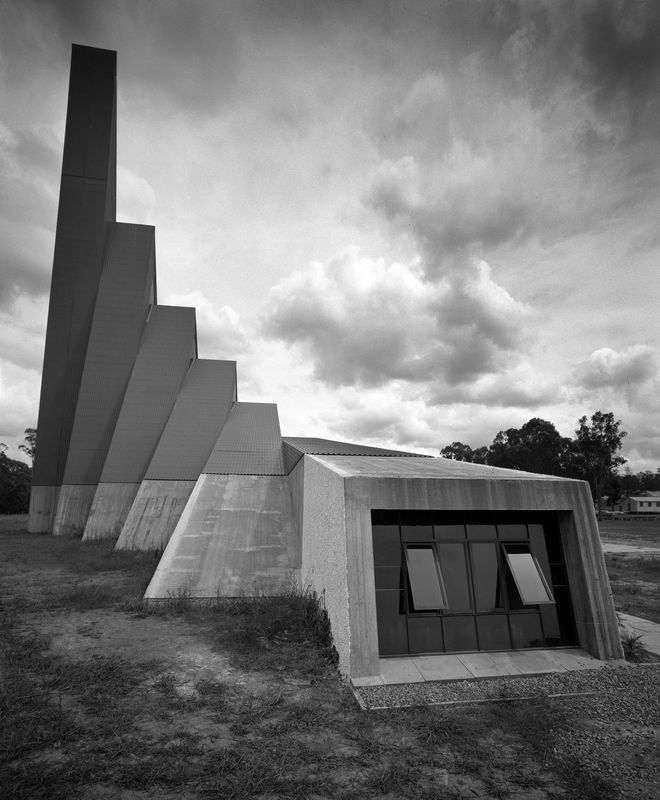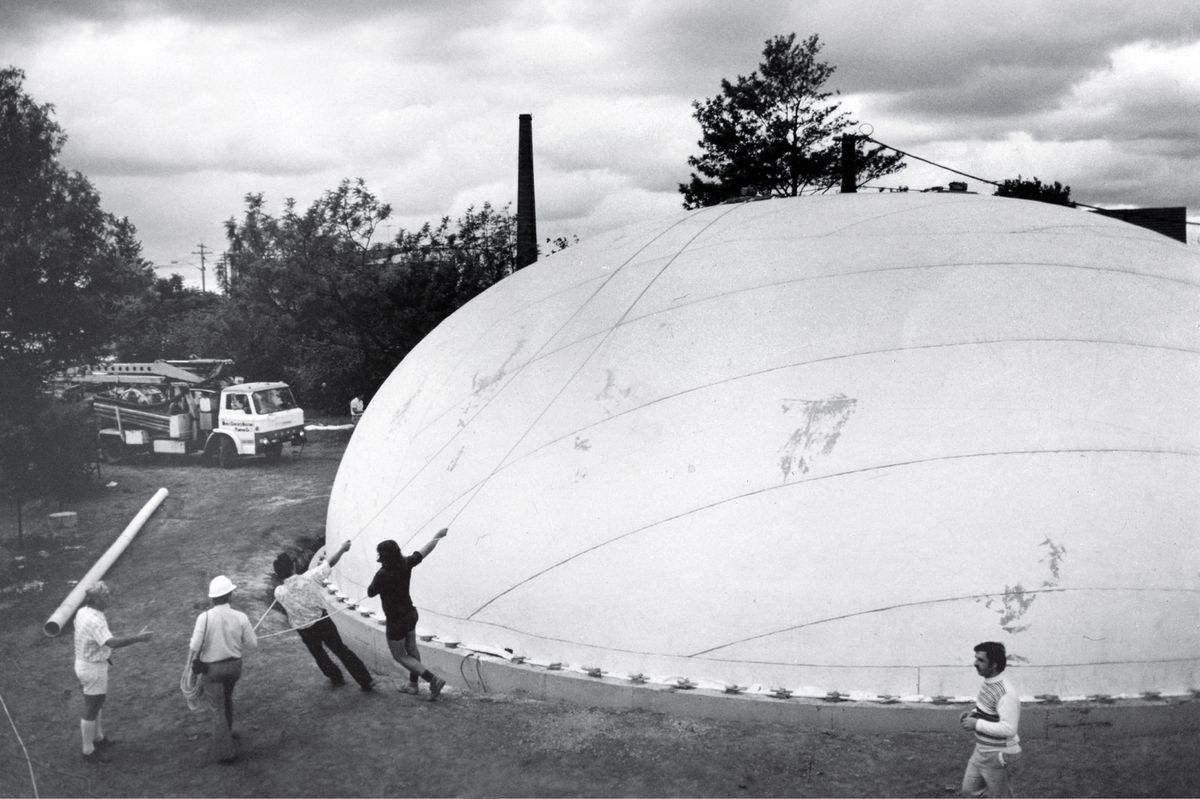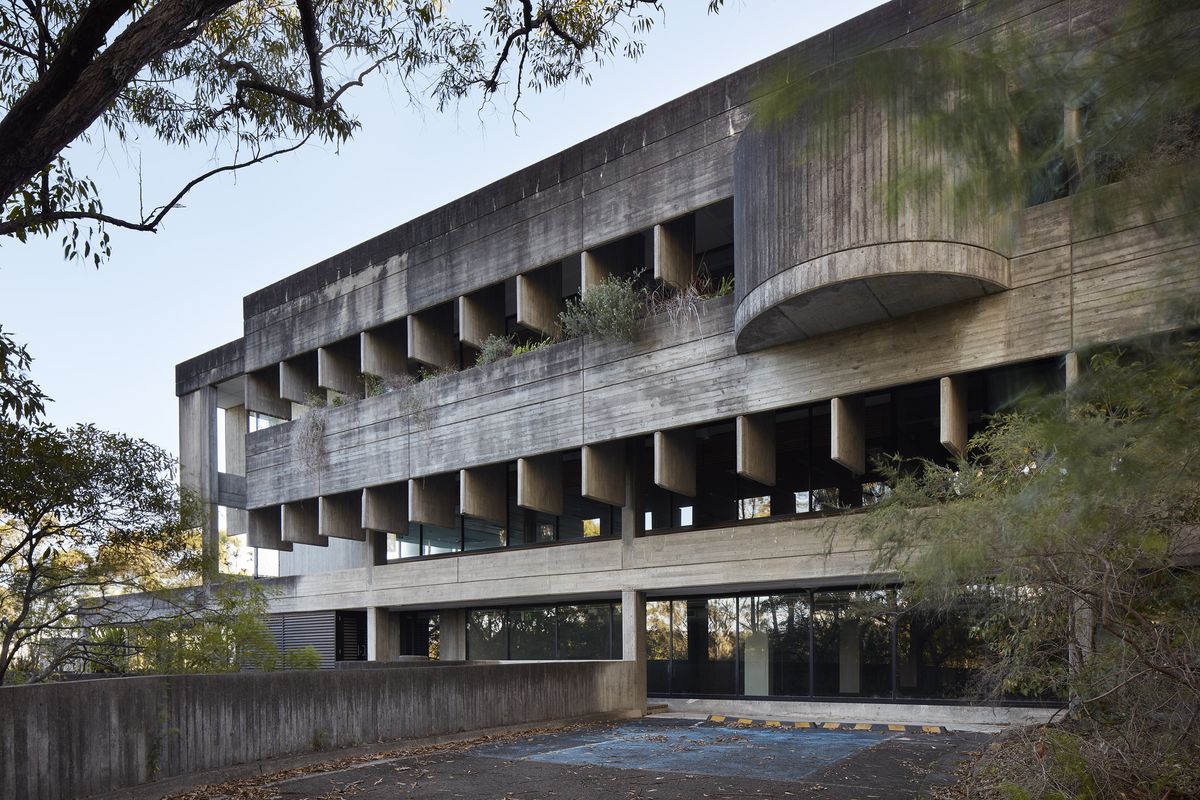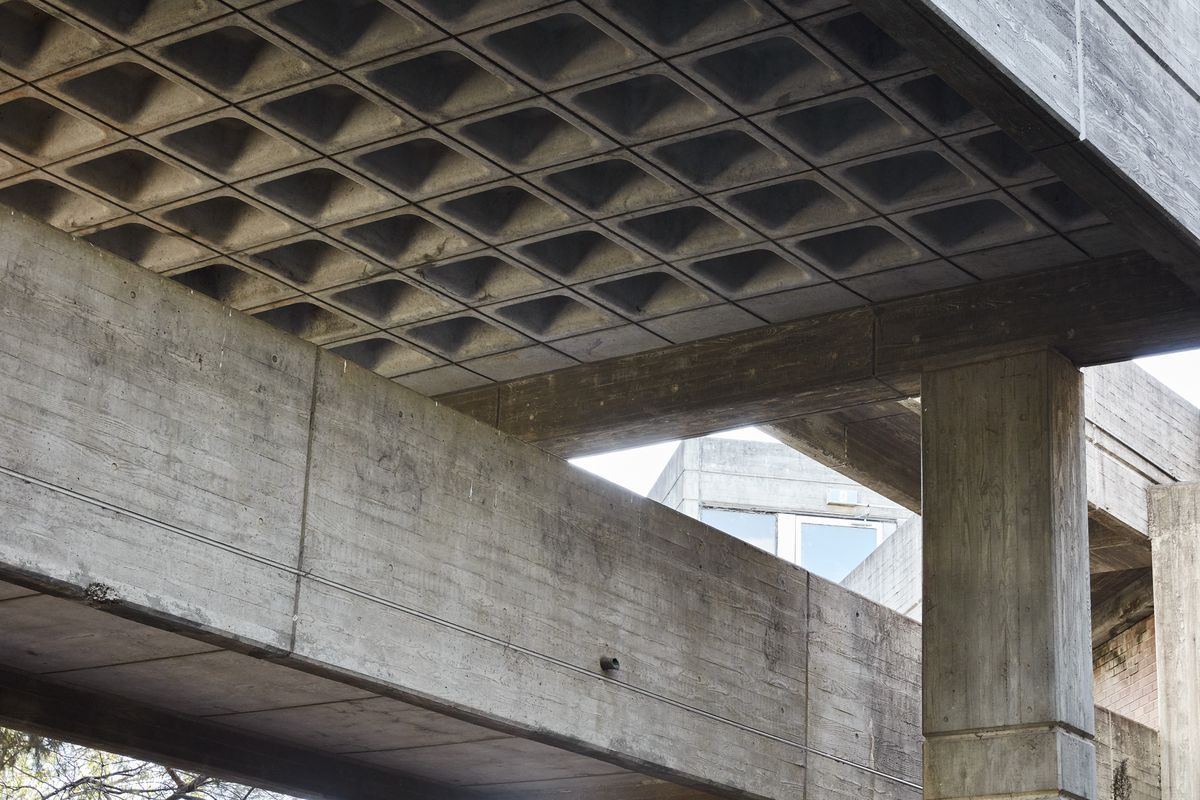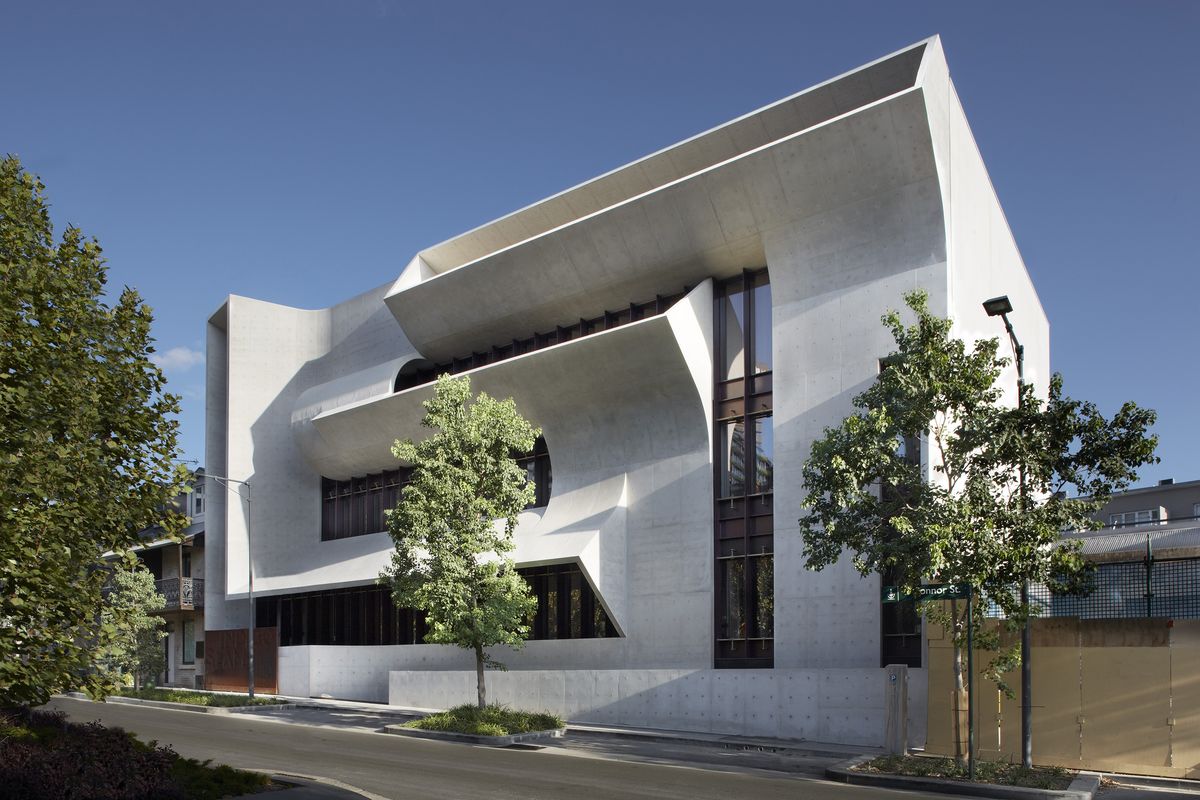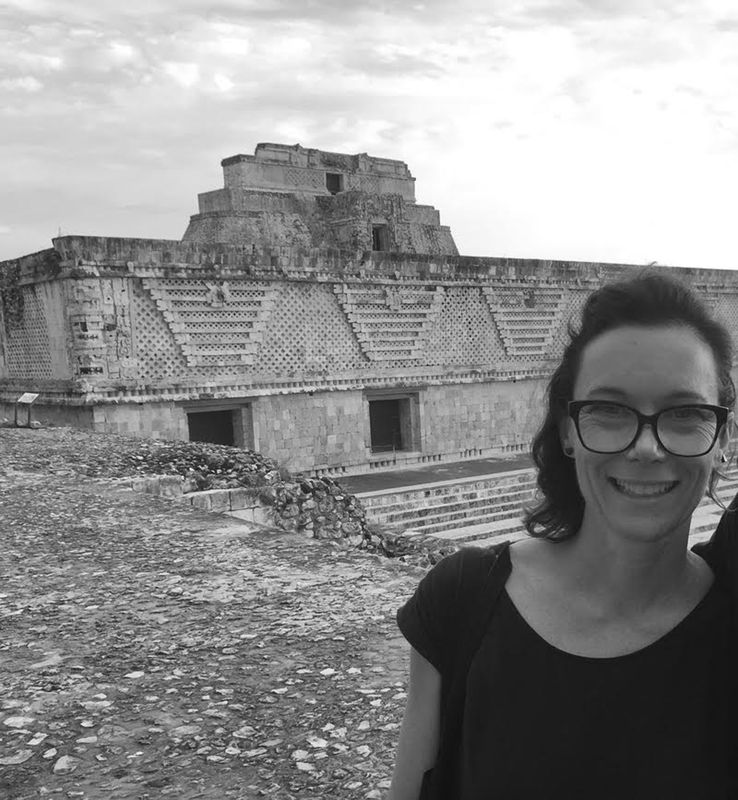Design writer and co-founder of Good Habitat and the Australian Design Unit, Heidi Dokulil has released a new book that investigates the contentious architectural genre of brutalism in Sydney, its migration from Europe to Australia, and its uncertain future.
Sydney Brutalism was inspired by the controversy surrounding the sale and threatened demolition of the Sirius building in Millers Point. Heidi observed that the movement to preserve the building extended beyond the architectural profession and became a topic of conversation in the wider public sphere. Sirius was saved from the wrecking ball but that didn’t end the conversation. The renewed attention revived an interest in Sydney’s forgotten brutalist buildings, resulting in more than ten buildings across Australia being added to state and local heritage lists in the past five years.
The book delves into a range of topics including the Sirius battle, the historical and international influences of the genre, the adaptive reuse of brut buildings and the resurgence of brutalist influence in contemporary culture. It reflects on brutalist forms of architecture that have vanished, while also shining a spotlight on the remaining structures that still stand today.
Featuring interviews with architects such as Glenn Harper, John James, Michael Dysart, Penelope Seidler, Andrew Andersons, Dante Bini, Angelo Candalepas and Tao Gofers, the book discusses the importance of brutalism in a historical context, as well as brutalism’s relevance in the present.
Binishell, designed by Dante Bini, Ashbury Public School, Ashfield, 1977, image courtesy of Dante Bini, page 122 of Sydney Brutalism.
Image: Max Dupain
It was in researching the Government Architects Branch of the NSW Department of Works that Heidi identified the pioneering force behind Sydney’s experimentation in off-form concrete, with many brutalist buildings of the 1960s and ‘70s created under their purview.
“The department was one of the largest architecture studios in the southern hemisphere at one point, which is quite phenomenal. It was a highly sought-after place for architects to work. It offered incredible opportunities because they needed new buildings, they were open to experimental forms of architecture and they were looking internationally to bring architects over to Australia,” Heidi said.
“The department was responsible for bringing Dante Bini over to Australia. He was singled out as someone who could transform schools across NSW. It was really quite fascinating to see the big thinking and risk-taking that was happening during that time, there was an openness to ideas and innovation, and a willingness to push boundaries.”
Polish War Memorial Chapel in Marayong, designed by Michael Dysart and Associates, image courtesy of Michael Dysart, page 93 of Sydney Brutalism.
Image: Max Dupain
The department’s eagerness to experiment and make a name for Sydney is exemplified by a story shared by Michael Dysart in the book about designing the 1975 UTS Tower. He recounts having to convince the heads of the department to allow him to incorporate a novel method of engineering. To persuade them, he gathered them into a car and drove two hours southwest of Sydney to show them a bridge that demonstrated the engineering.
Despite a willingness in the ‘60s and ’70s to push the envelope of architectural experimentation, a shift in perceptions slowly began to emerge. A reluctance to heritage list many of the city’s brutalist forms resulted in 20 buildings being either demolished or defaced beyond recognition, since the 1990s.
The interior of the Philip Room in the Sirius building, designed by Tao Gofers and Penny Rosier, page 166 of Sydney Brutalism.
Image: Barton Taylor
“Sirius really alerted the general public to the vulnerability of buildings and reminded people just how at the whim of politics they are,” Heidi said. “It has really reminded people of the need to protect and preserve structures to ensure that we have a diversity of buildings that represent the stories and history of place.
“By heritage-listing and protecting these buildings we’re acknowledging them and we’re giving them the status that Victorian colonial architecture has. I remember talking to Sam Marshall [architect] about this and he said ‘If we don’t protect them, then all we have under protection is colonial architecture and that’s only one piece of the puzzle.’”
Kuring-gai College in Lindfield, designed by David Turner at the NSW Government Architect’s Branch, page 53 of Sydney Brutalism.
Image: Anthony Basheer
Lauded in the book as promising examples of adaptive reuse are the Lindfield Learning Village, formerly the Kuring-gai UTS University Campus, refurbished by Lacoste and Stevenson Architects and Designinc in 2019; the redevelopment of the Gate Nine Arrival Precinct at the University of NSW Kensington Campus completed by Lahzimmo Architects and Aspect Studios in 2019; and the former Newcastle council chambers, reincarnated as a five-star hotel called Crystalbrook Kingsley, completed by EJE Architecture and Suede Interior Design in 2021.
“The Lindfield Learning Village is a fantastic example of brut architecture being transformed into something that meets contemporary standards, and that building is actually heritage-listed, so they had a tricky framework to work within,” Heidi said.
Indigo Slam, designed by Smart Design Studio, page 204 of Sydney Brutalism.
Image: Sharrin Rees
The aesthetics of the Brutalist movement continues to play a role in the diverse architectural landscape of Sydney, which Heidi said is demonstrated in projects such as Polly Harbison’s Pearl Beach House, Candelepas and Associates’ Punchbowl Mosque and Smart Design Studio’s Indigo Slam.
While the origins of sculpted and expressive concrete architecture in Australia may have begun with emigre architects, Heidi still holds the belief that brutalism downunder is unlike brutalism anywhere else in the world and that really comes down to Australia’s idiosyncratic landscape. The colours and textures of native bushland combined with the rawness of concrete results in a contextual language that she says is entirely unique. Michael Dysart expresses similar sentiments in the book when he states “all is unified by the use of unpainted concrete which fits in well with the olive green of the surrounding bush.”
Sydney Brutalism offers a tour through time, unveiling the brutalist forms that have endured and those that have not, while also posing the question – what kind of cities would we have without them? The book will hit the shelves on Friday, 1 December. To purchase a copy or find out more, visit the UNSW Press website.


